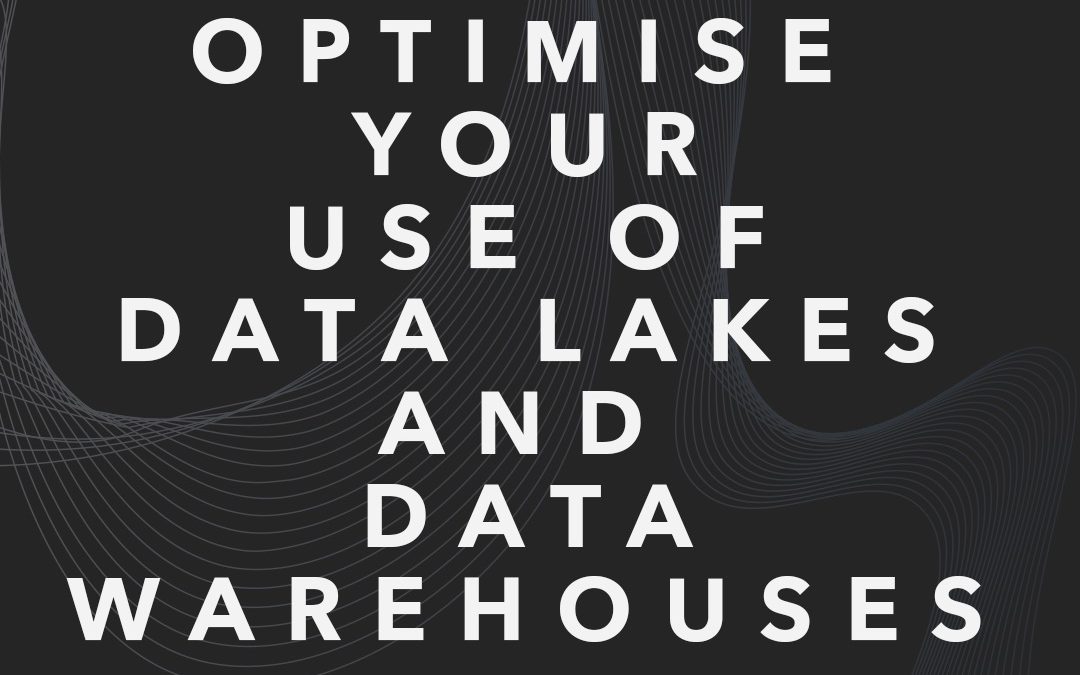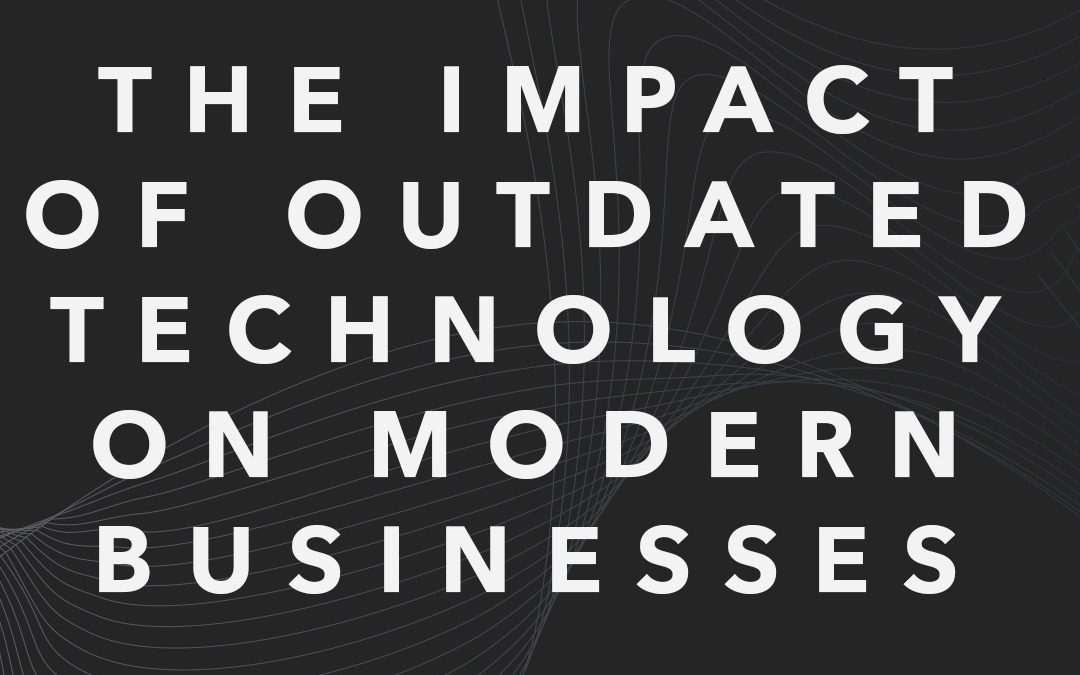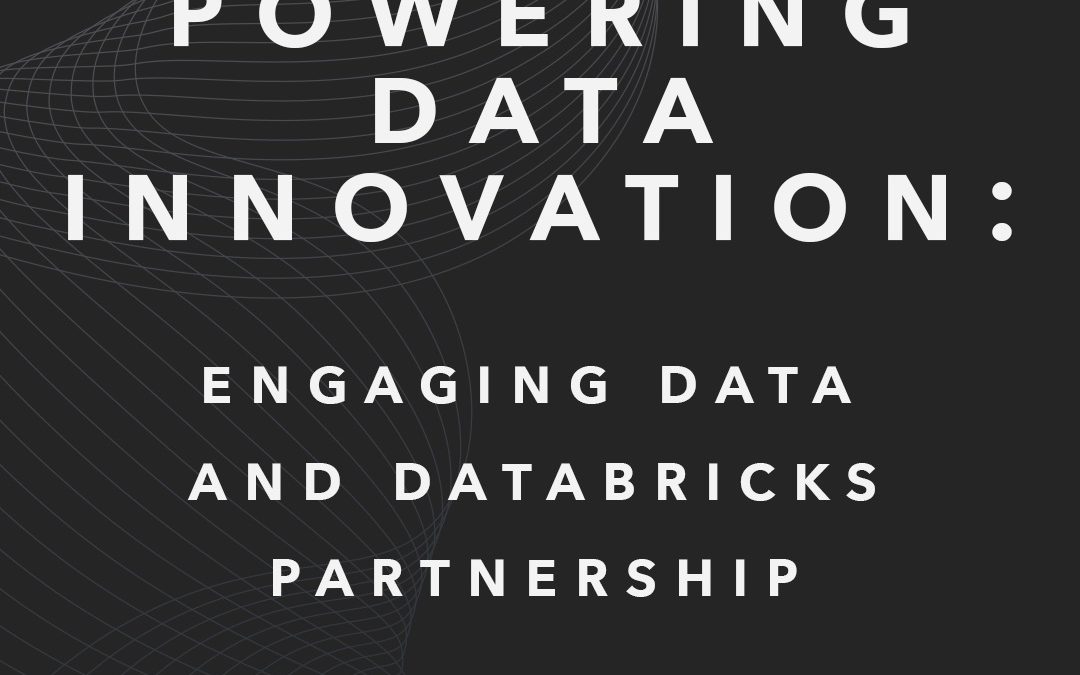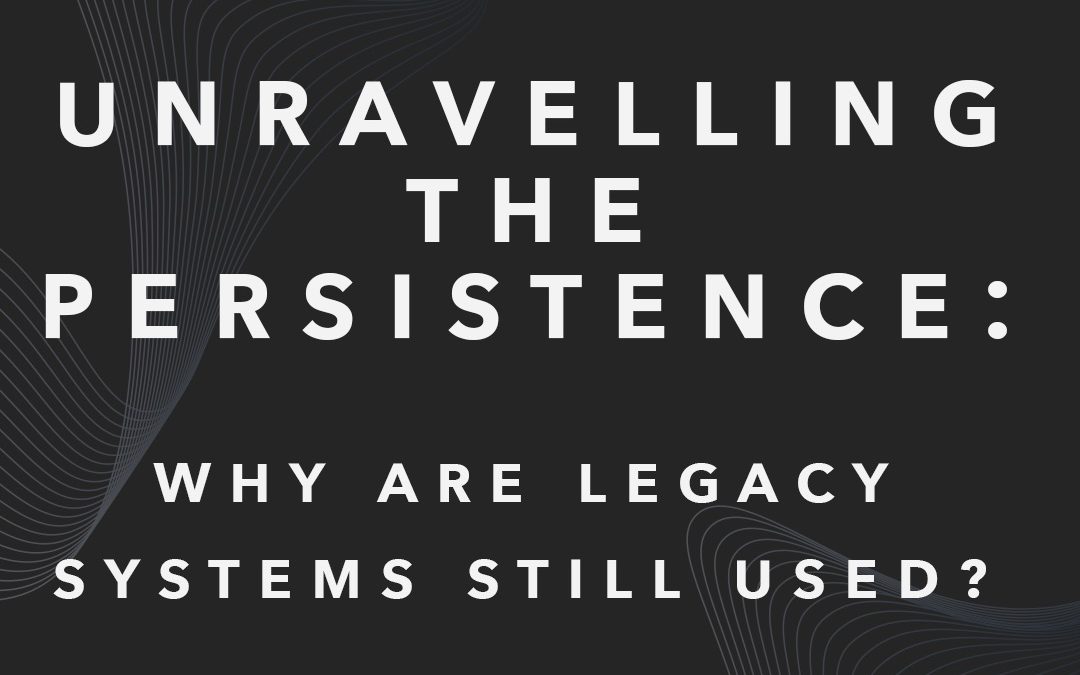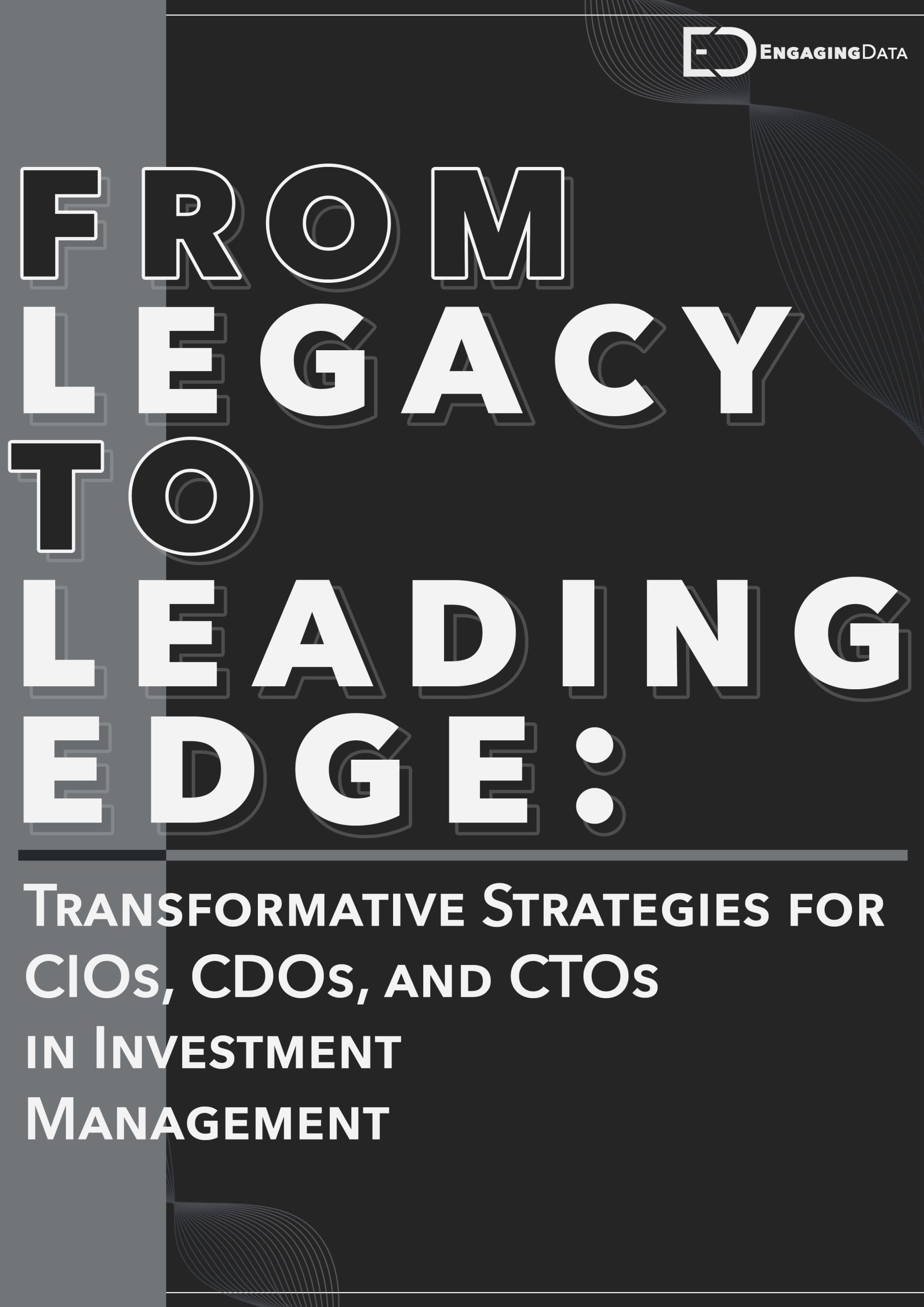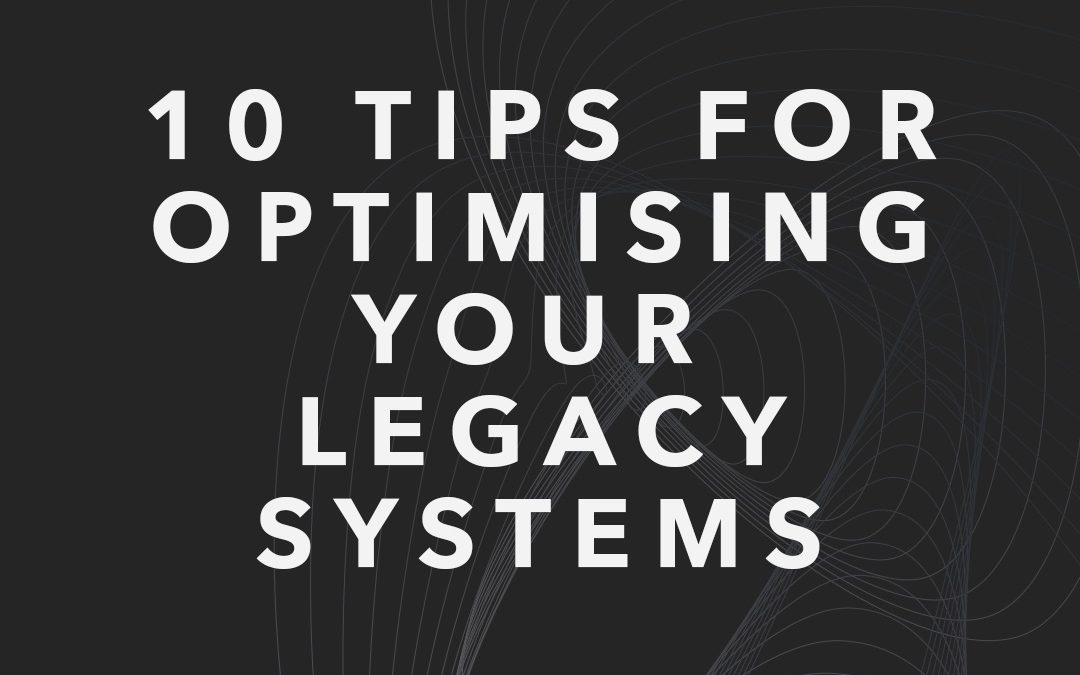
10 Tips for Optimising Your Legacy Systems
How Can We Improve Our Legacy Systems?
Optimising your legacy systems is crucial to ensuring your business remains competitive.
A legacy system, while integral to many businesses’ operations, can quickly become a bottleneck if not properly managed.
Below are 10 practical tips to help you optimise your legacy system.
Assess the Current System
Before making any changes, start with a full assessment of your system’s performance, security vulnerabilities, and outdated components. A proper evaluation allows you to pinpoint which areas need immediate action.
We can help you with this – just fill out our Legacy System Review Form here.
Emphasise Security Patches and Updates
Legacy systems are particularly prone to security risks, especially as they become outdated. Regularly applying security patches is essential to safeguarding your system from cyber threats and ensuring compliance with industry standards like GDPR.
Adopt the Strangler Pattern
If a complete overhaul isn’t feasible, consider the strangler approach. This involves replacing old parts of the system piece by piece, maintaining operations while slowly modernising the infrastructure.
Migrate to The Cloud
Moving from on-premises to cloud solutions is a vital step in optimising legacy systems. Cloud migration allows you to scale effortlessly, reduce infrastructure costs, and benefit from modern technologies like artificial intelligence and machine learning.
Implement APIs for Seamless Integration
Legacy systems often struggle with integrating new applications. APIs provide a bridge between old and new systems, enabling smoother workflows and reducing the risk of data silos
Refactor or Rewrite Critical Components
Sometimes, the only way forward is to refactor or rewrite the most outdated parts of your legacy system. This ensures your system can handle modern demands and future technologies without causing interruptions to business processes.
Automate Testing Processes
Automated testing tools are essential for identifying and resolving system issues quickly. They help detect bugs or security vulnerabilities before they affect operations, minimising costly downtime.
Prioritise Compliance
Outdated systems not only comply with current regulatory standards. By modernising, you can ensure that your legacy systems adhere to required compliance frameworks, thus avoiding legal issues and fines.
Improving System Documentation
Clear, up-to-date documentation is critical to ensuring that your legacy systems can be maintained and updated efficiently. It helps your team manage changes and troubleshoot issues more effectively.
Future-Proof Your Systems
Adopt flexible, scalable technologies that ensure your systems can evolve with changing industry standards and customer demands. Modernising your legacy systems not only improves current operations but also positions your business for future success.
Conclusion
Optimising your legacy system is an investment in your business’ long-term success.
Whether through cloud migration, security updates, or system refactoring, taking action now will pay off in improved efficiency, lower costs, and greater agility in the future.
Ready to take the next step?
Fill out our Legacy System Review Form for a free consultation and discover how we can help you modernisation your systems effectively.

